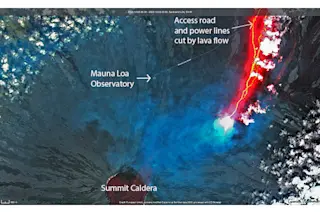Last Saturday, on the United Nation’s International Day for Biodiversity, an open letter from hundreds of British organisations warned of the importance of our rapidly eroding biodiversity, while a UN report discussed the economic consequences of this erosion. The general principle of conserving biodiversity has inarguable value but there’s much more debate about how best to do it. Take national parks and reserves –these protected areas save wildlife but they stop local people from using the land for farming and from using its resources. The argument that such limitations prioritise “cuddly animals” over “poor people” is particularly sharp in developing countries, where rural communities are said to bear the costs of protected areas without reaping their benefits. But a new study in Costa Rica and Thailand says that such objections are unfounded. By actually comparing similar communities on a small scale, Kwaw Andam from Washington’s International Food Policy Research Institute ...
Protect biodiversity, alleviate poverty: the surprise benefits of protected areas
Discover how protected areas and poverty alleviation interplay in Costa Rica and Thailand, boosting local communities' wellbeing.
ByEd Yong
More on Discover
Stay Curious
SubscribeTo The Magazine
Save up to 40% off the cover price when you subscribe to Discover magazine.
Subscribe












